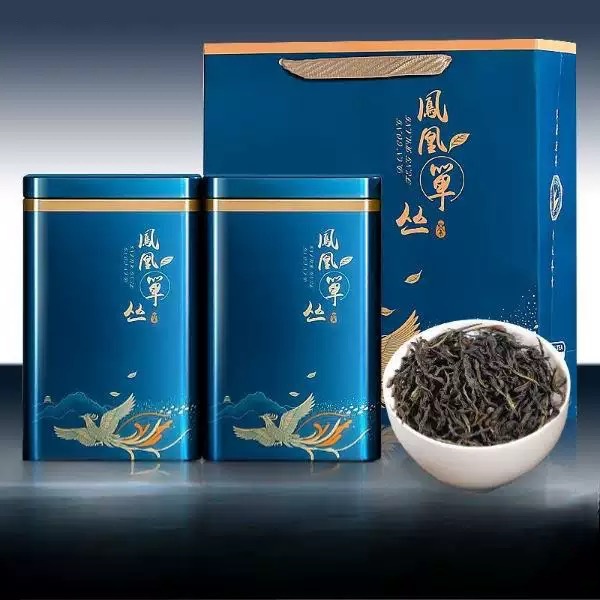
# Oolong Tea Varieties: A Comprehensive Guide
## Introduction to Oolong Tea
Oolong tea, also known as wulong tea, is a traditional Chinese tea that falls somewhere between green and black tea in terms of oxidation. This semi-oxidized tea offers a wide range of flavors, aromas, and health benefits, making it one of the most diverse and fascinating tea categories in the world.
## The Main Categories of Oolong Tea
### 1. Lightly Oxidized Oolongs (10-30% oxidation)
These oolongs are closer to green tea in character, with floral, fresh, and delicate flavors:
– Tie Guan Yin (Iron Goddess of Mercy)
– High Mountain Oolongs (Ali Shan, Li Shan)
– Bao Zhong (Pouchong)
### 2. Moderately Oxidized Oolongs (30-50% oxidation)
These offer a balance between floral and roasted notes:
– Dong Ding (Frozen Summit)
– Jin Xuan (Milk Oolong)
– Four Seasons Oolong
### 3. Heavily Oxidized Oolongs (50-70% oxidation)
These darker oolongs approach black tea characteristics:
– Da Hong Pao (Big Red Robe)
– Shui Xian (Narcissus)
– Rou Gui (Cinnamon)
## Regional Variations of Oolong Tea
### Chinese Oolongs
China produces some of the most famous oolong varieties:
– Fujian Province: Tie Guan Yin, Da Hong Pao
– Guangdong Province: Phoenix Dan Cong
– Taiwan: Dong Ding, Ali Shan, Oriental Beauty
### Taiwanese Oolongs
Taiwan has developed its own unique oolong traditions:
– High Mountain Oolongs (grown above 1,000 meters)
– Oriental Beauty (bug-bitten tea)
– Dong Fang Mei Ren
## Processing Methods and Their Impact
The unique flavor profiles of different oolong teas come from variations in processing:
Keyword: Oolong Tea Varieties
– Withering: The length affects oxidation
– Bruising: Determines how much oxidation occurs
– Fixation: Stops oxidation at desired level
– Rolling: Shapes the leaves and releases flavors
– Roasting: Adds depth and complexity
## Brewing Different Oolong Varieties
Each type of oolong requires slightly different brewing techniques:
– Light oolongs: Lower temperature (80-85°C), shorter steeps
– Medium oolongs: 85-90°C, multiple short infusions
– Dark oolongs: Near boiling (90-95°C), longer steeps
## Health Benefits of Oolong Tea
All oolong varieties share certain health benefits:
– Rich in antioxidants
– May aid weight management
– Supports heart health
– Promotes healthy skin
– May help regulate blood sugar
## How to Choose Quality Oolong Tea
Look for these characteristics when selecting oolong:
– Whole, unbroken leaves
– Pleasant, complex aroma
– Appropriate color for oxidation level
– Reputable source or vendor
– Freshness (especially for green-style oolongs)
## Storing Oolong Tea Properly
To maintain freshness:
– Keep in airtight containers
– Store away from light, heat, and moisture
– Consume greener oolongs within 6-12 months
– Darker roasted oolongs can age well
## Conclusion
The world of oolong tea offers incredible diversity, from delicate floral varieties to rich, roasted selections. Exploring different oolong types can be a lifelong journey of discovery, with each variety offering its own unique character and brewing experience. Whether you prefer light, fragrant teas or deeper, more complex flavors, there’s an oolong variety to suit every palate.